Ultra HD. 16:9. 12’43 minutes. Stereo. Original language Karelian and Finnish. English subtitles. Stereo sound. Color and black & white.
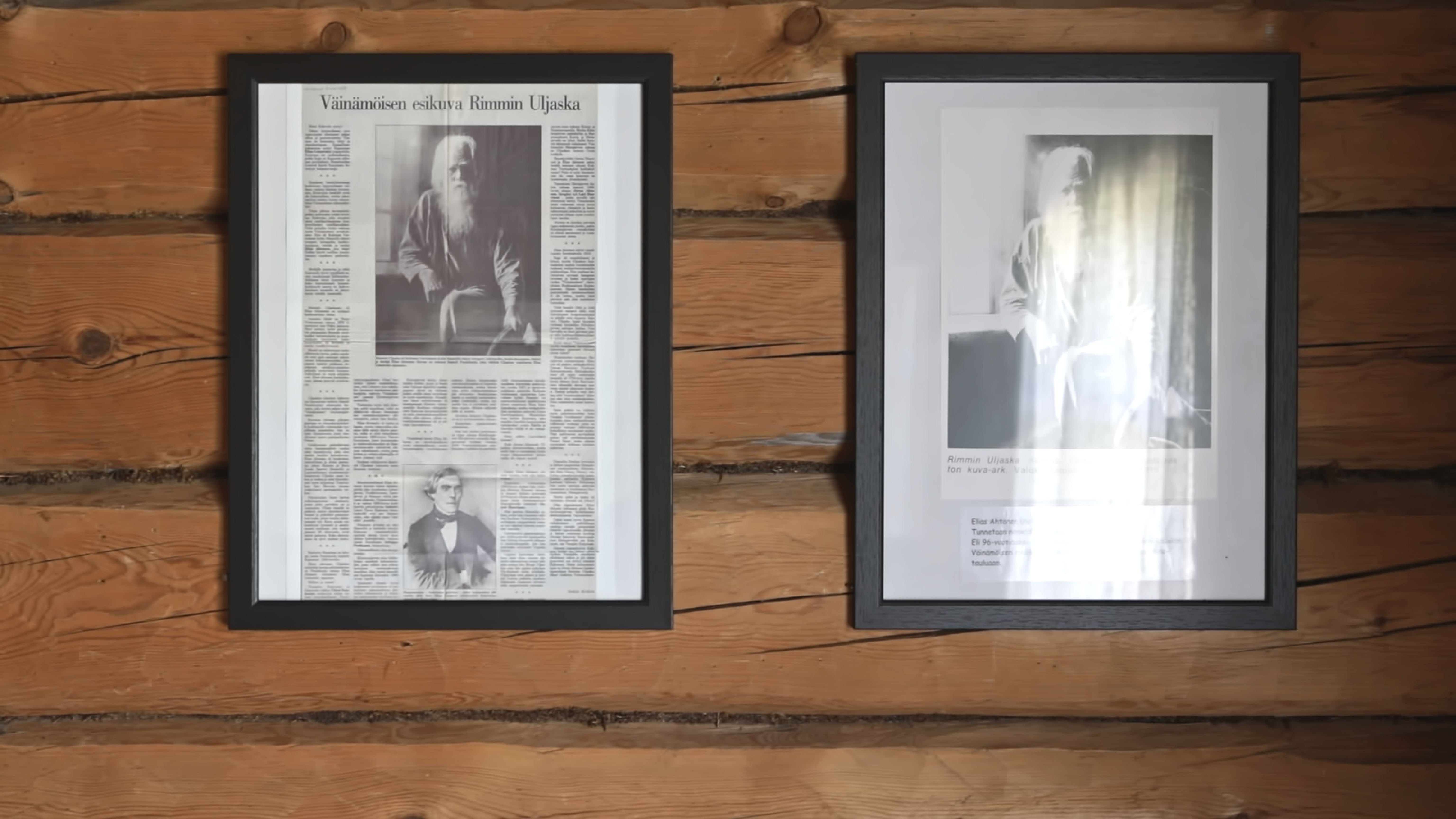
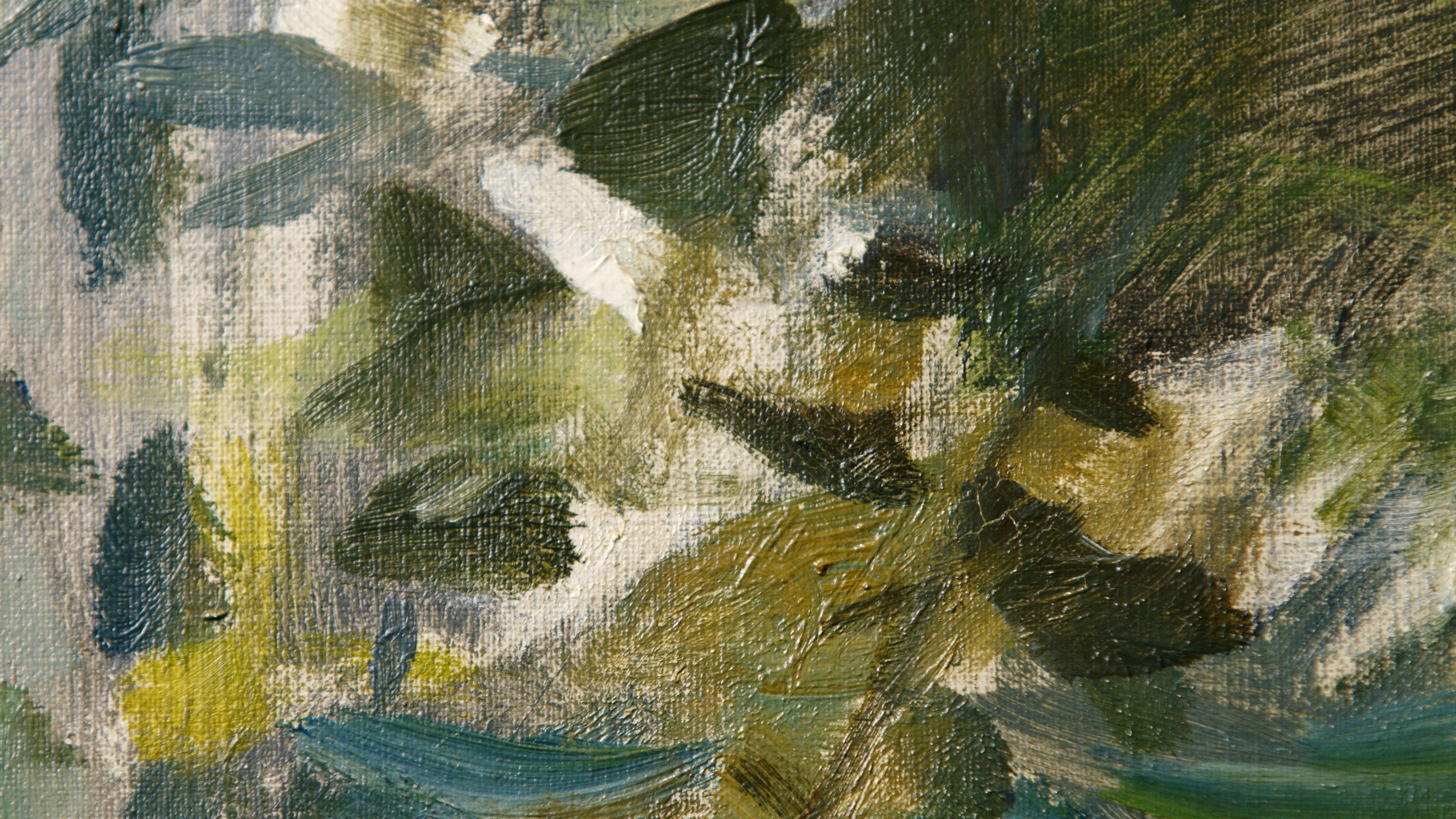
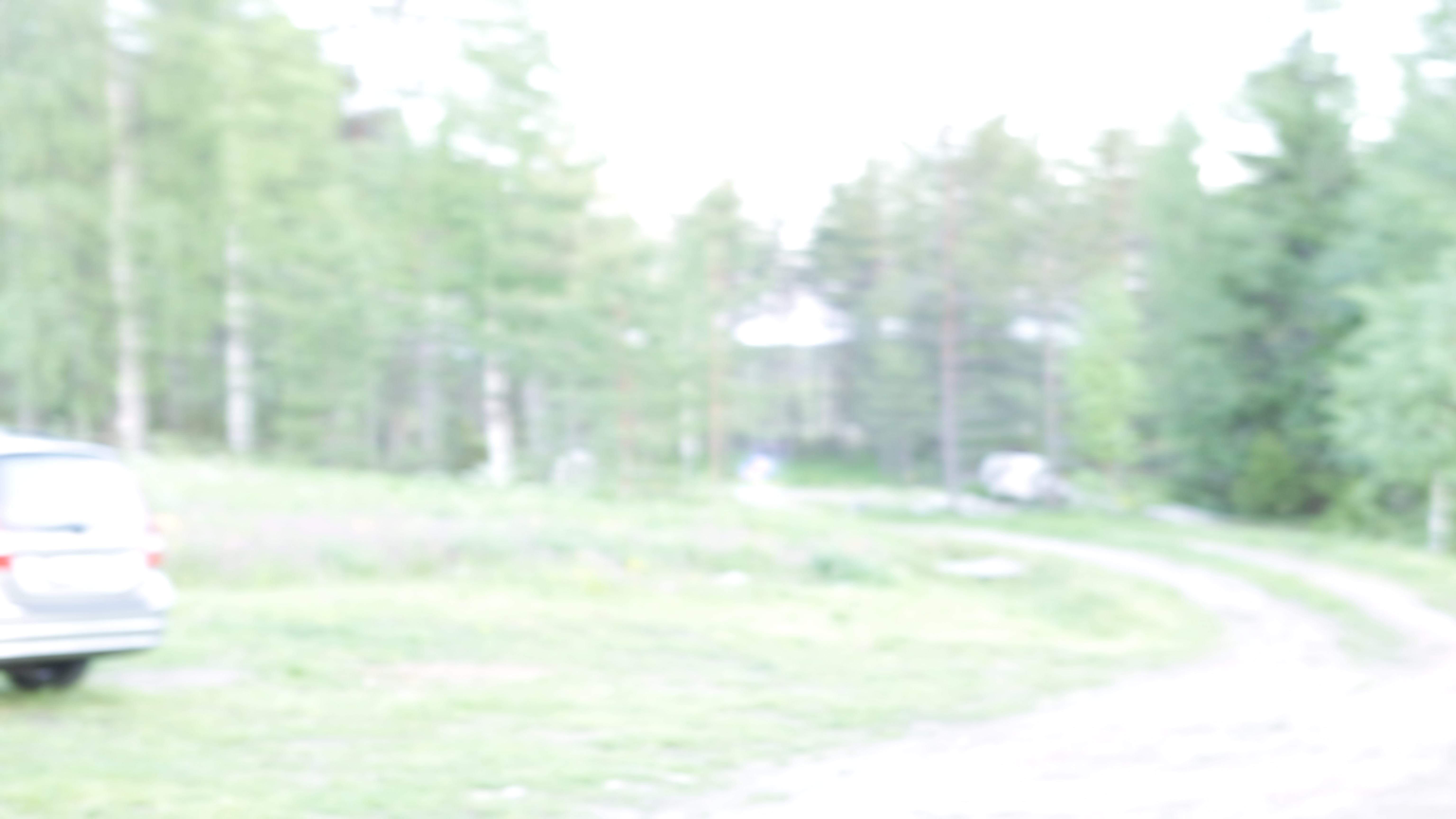
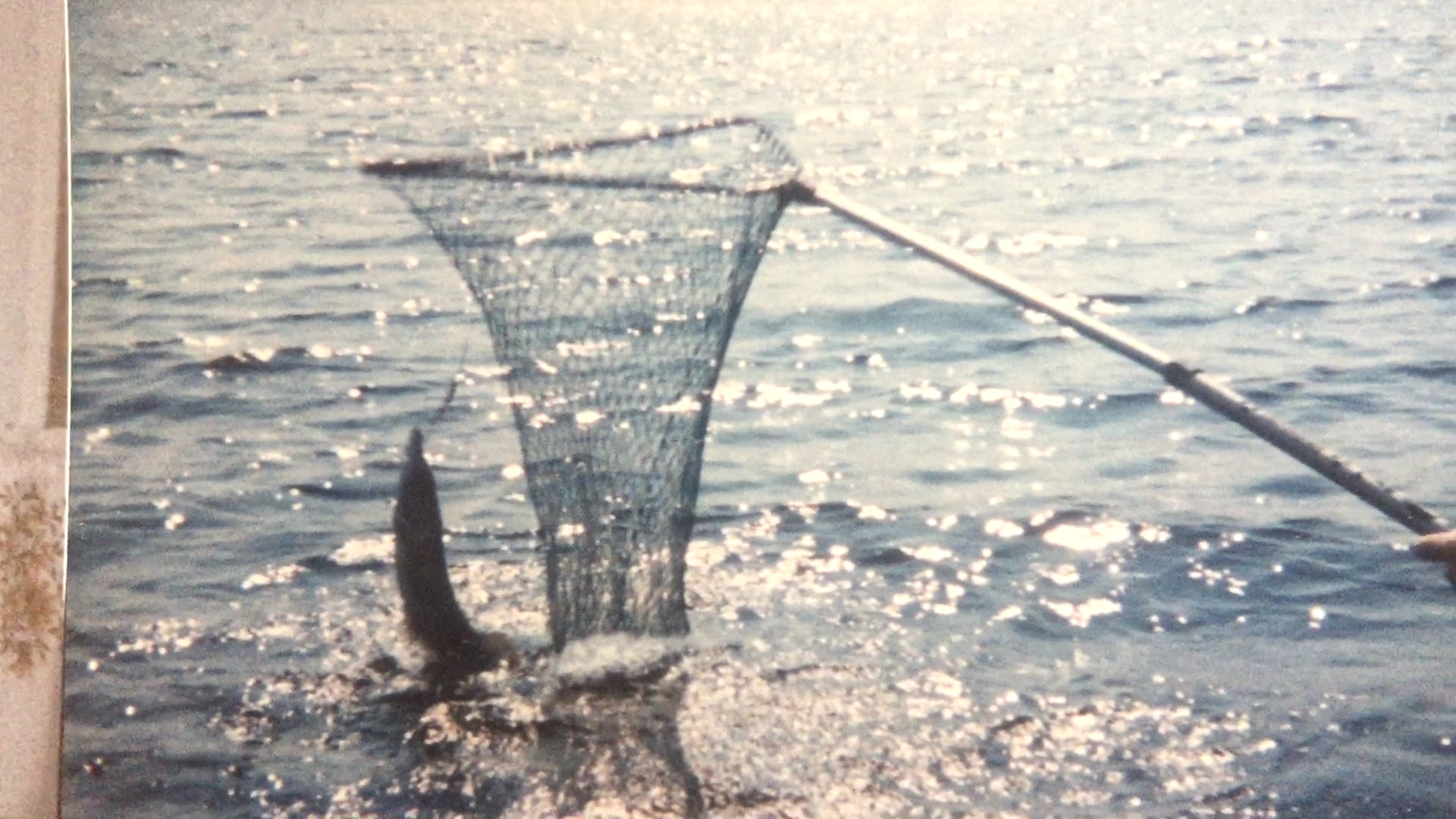
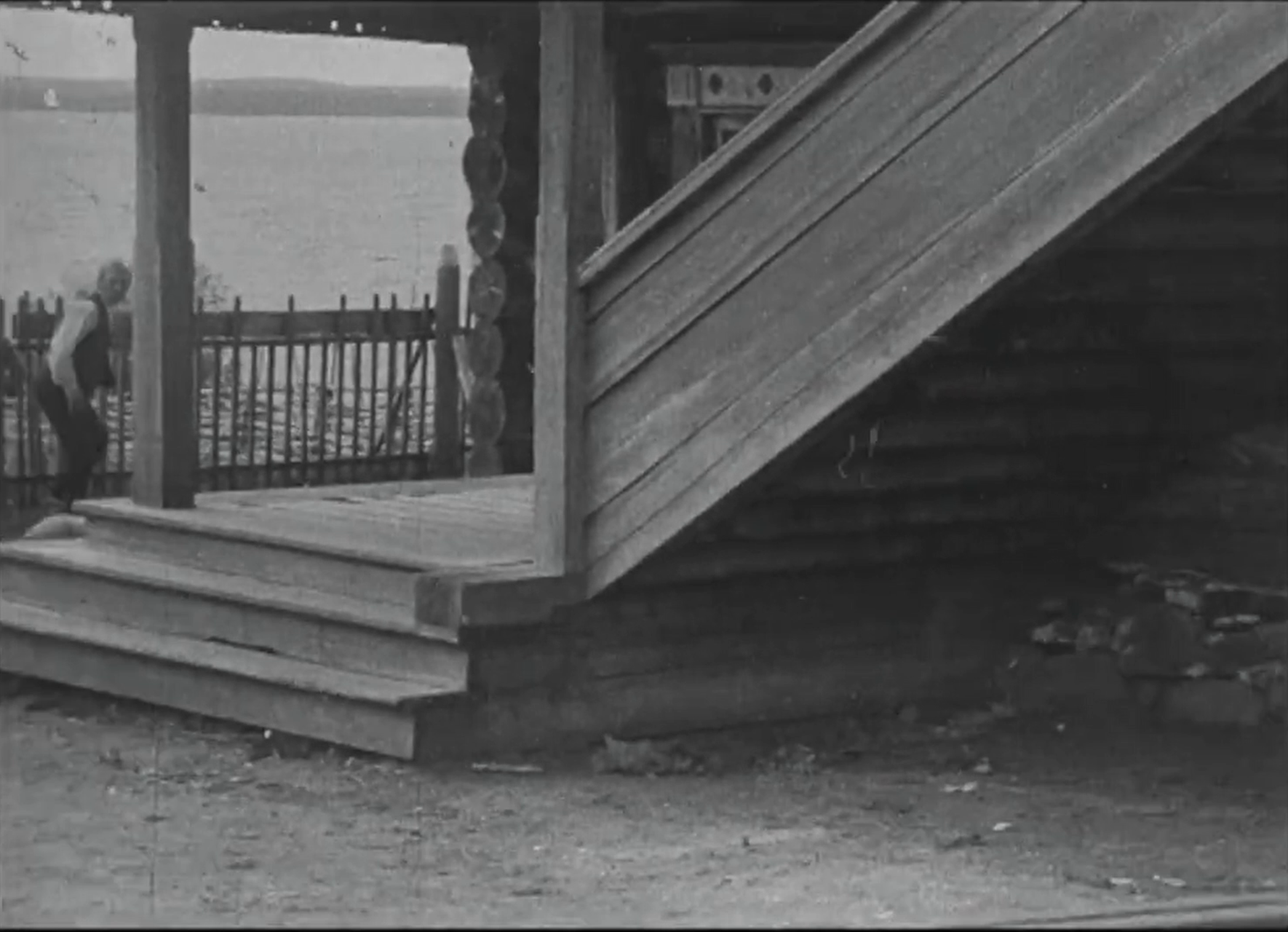
The starting point of the film is a historical fact: the filmmaker’s Viena Karelian ancestor Rimmin Ul´l´aška live-modeled for the second version of Akseli Gallen-Kallela’s Aino Triptych (1891) in the role of Väinämöinen. Situated in three sites — Rimminkylä, the home village of Ul´l´aška; the family archive; and the Finnish National Gallery’s Ateneum Art Museum — the film is a journey through institutional and private discursive strata. Fragments of a historical exhibition, archival materials, overwritten interview and personal memories form an episodic composition that presents marginalized history rearranged.
Yritin šuaha hänet kuvah onnakko hiän kato has been screened at DocPoint – Helsinki International Documentary Film Festival‘s National Shorts Competition (2025), Oksasenkatu 11 (2025), and Kuvan Kevät 2024 (2024). The film is in the collection of Finnish National Gallery, Kiasma Museum of Contemporary Art.
Voices – Ul´l´aškan Vasilein Outin Annin Pentin Timo - Timo Pajunen-Noroila; Ul´l´aškan Vasilein Outin Annin Pentin Timo Mikki - Mikki Noroila
Writer, Director, Editor, Colorist, Sound Designer – Mikki Noroila
Camera – Mikki Noroila & Vieno Järventausta
Sound recording – Mikki Noroila
Additional sound recording – Olli Valkola
Sound editing and mastering – Mikki Noroila & Olli Valkola
Karelian translation – Moisejeffin Reeta
English translation – Annika Pellonpää & Miina Noroila
Producer – Mikki Noroila
Painting – Akseli Gallen: Kallela: Aino-taru (1891)
Music – Viktor Klimenko: Ajettihin Ziganaiset. Composition and lyrics: traditional. Arrangement: Viktor Klimenko. Polar Art Ky 2012.
Album: Emigrant - Riemuvuodet 1965-2012. Universal Music Oy (c) 2012 OY Emi Finland AB.
Archive materials in order of appearance –Akseli Gallen-Kallela, after coming home from Africa, in Tarvaspää garden with his dogs and the painting Cheetah. The photograph collection of Akseli Gallen-Kallela.( 1914) Possibly Mary Gallén in a lake posing for The Aino Myth. Year unknown, the photograph collection of Akseli Gallen-Kallela. President Urho Kekkonen, Prime Minister von Fieandt opposite the president, and the Board of the Bank of Finland in the dining room of the Bank of Finland. Photographed by Fred Runeberg. Helsinki City Museum. (1957) Noise excerpts from interview made by Pertti Virtaranta, and question in overwritten text. (1961) Häidenvietto Karjalan runomailla. The Kalevala Society. (1921) – Digitizing and digital post-production National Audiovisual Institute KAVI. (2021) Uljaskan pirtti – photograph exhibition of Rimpi´s histories. (2022) Family archive. (1920s - 1990s) Ateneum Art Museum – Finnish National Gallery. Collection: A Question of Time. (2024)
Thanks to, Šuuri passipo – Keijo Ahtonen, Pirjo Kyllönen, Jari Pajunen, Marianne Hotari-Pajunen, Timo Melentjeff, Moisejeffin Reeta, Art́on Kričja, Farida Albrecht, studio visit discussions w/ Salla Tykkä, Jaana Kokko, Diego Bruno, Azar Saiyar, Ewa Górzna; fellow students sharing courses and seminars in the Uniarts Helsinki's Academy of Fine Arts, Rimmin väet, ancestors, family, friends.
Extra materials
Master of Fine Arts Thesis – Yritin šuaha hänet kuvah onnakko hiän kato (in Finnish)
Examination of MFA Thesis by Minna Henriksson (in Finnish)
Examination of MFA Thesis by Katja Gauriloff (in Finnish)
Contact for screener: mikki.noroila@gmail.com